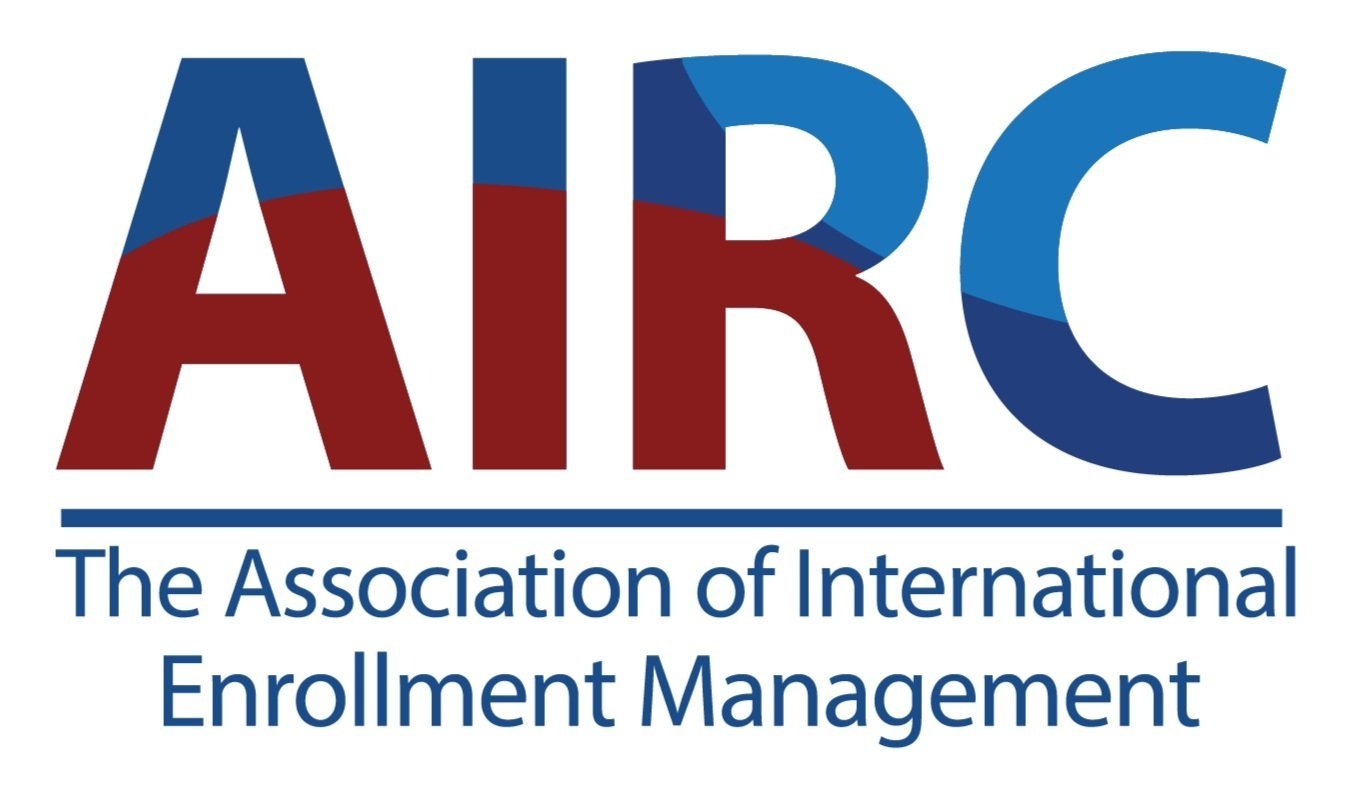An IDP Think-Tank Event
International education in the United States is at an inflection point. There are positive forces shaping the field: we are riding the global wave of strong rebounding demand post-covid, and in July 2021, the U.S. Departments of State and Education released the Joint Statement of Principles in Support of International Education.
But the challenges are formidable, including increasing global competition, rising costs and price sensitivity, and capacity issues. Although the U.S. has long been the largest receiver of international students in the world, it is also the only major destination country that does not have a national strategy for inbound international student mobility. To remain competitive in this dynamic landscape, the U.S. cannot be complacent.
In response to this unique moment, IDP held a think-tank event, “Destination 2030: Re-imagining the Future of Student Mobility – Advocacy and Implementation of a U.S. International Education Strategy.”
The inaugural Destination 2030 was held in Washington, D.C. in February 2023, bringing together senior international education leaders, key government agencies, representatives of professional associations, and international students. The event created a forum to advance the conversation on U.S. international education and actively shape the future of U.S.-bound student mobility.
Destination 2030 included expert panels, presentations, interactive activities, and group discussions. It was a collaborative gathering where all participants engaged actively in meaningful and necessary conversation about the future of international student mobility in the U.S.
Themes
Several key themes emerged at Destination 2030. These themes matter to the future of the field and must be incorporated into any U.S. international education strategy.
Collaboration and cooperation
Perhaps the strongest and most important theme to emerge from the day was the need for collaboration and cooperation, across many different groups and organizations. Creating an effective strategy will require extensive coordination within and across institutions, sector organizations, and government agencies, at the local, state, national, and international level.
Growing the pie for all by increasing access
Destination 2030 participants agreed that by working cooperatively instead of competitively, we can expand the pool of students who have the ability to pursue education internationally. Participants shared many ideas for how to make U.S. higher education more accessible to international audiences including reducing costs and barriers, offering new delivery methods and credential types, recruiting in countries that have not historically had access to education abroad, and including the millions of refugees, asylees, and DACA students in recruitment strategies.
Diversity, in all contexts
Destination 2030 attendees collectively agreed that Diversity, Equity, and Inclusion (DEI) is the top priority for U.S. international student enrollment by 2030. In addition to creating a more stable and balanced recruitment funnel, diversification of international enrollments brings many benefits to U.S. college campuses and beyond.
Connecting the international and the domestic
To communicate the value of international education to the larger community, it is critical to link international and domestic efforts. This link must include policy, priorities, organizational structures, curriculum, and more.
Innovative delivery of U.S. higher education
Creating a strategy for U.S. international education requires new and innovative delivery methods, including micro-credentials, online and certificate programs, blended degrees, and upskilling and reskilling programs. U.S. higher education must carry forward the innovative spirit it demonstrated during the pandemic and offer relevant programs to meet modern workforce needs.
Managing risks
International education in the U.S. is faced with many inherent challenges, including geopolitical conflicts, social unrest, inflation, currency fluctuations, transitions to hybrid learning, quality control, inequities in college access, and rising tuition and costs. The U.S. higher education sector must be prepared to address and manage these risks together.
Amplifying the student voice: student success and stories
International education leaders must create a regular practice of listening to and responding to the voices of our international students, for their stories are the center of what we do. In the broad discussion of national strategies, new programs, and ambitious goals, one cannot lose sight of the individual, human-level experiences of the international students at U.S. institutions.
Outcomes & Next Steps
As a student-first organization, IDP is dedicated to improving the future of the field using our global scale, trusted experts, and innovations. As was made clear at Destination 2030, the creation and implementation of a national strategy for international student recruitment cannot be undertaken by any one organization.
This fact is underscored by the recent publication of NAFSA's latest Issue Brief: The United States Needs A Coordinated National Strategy For International Education. IDP fully supports the goal of creating a national strategy and commits to serving as a facilitator of the collaboration that is needed to achieve this goal.
Interested in learning more about Destination 2030?
IDP Connect is the strategic partner of choice for institutions seeking access to engaged student communities. By building on trusted relationships and actively connecting our community of students, institutions, sector bodies, and local education experts throughout the world, IDP Connect plays a vital role in nurturing a thriving future for higher education. Our innovative use of digital technology, unparalleled live student data and global network of trusted local counsellors provide insight and ensure success for both our students and partners.

